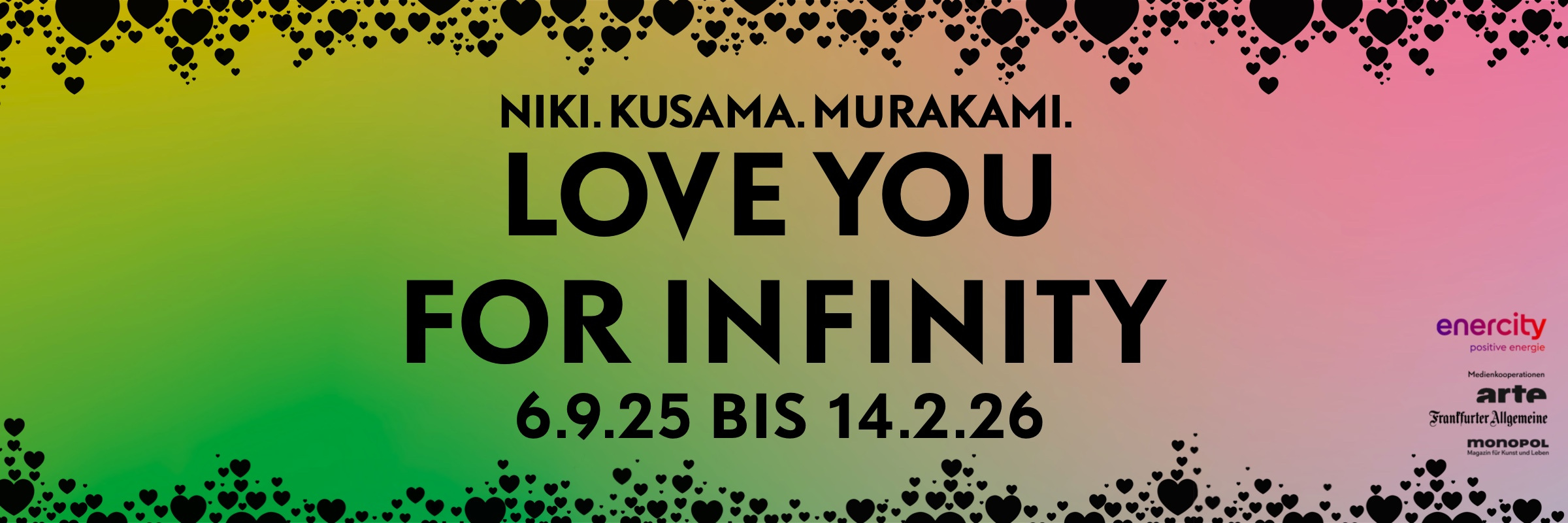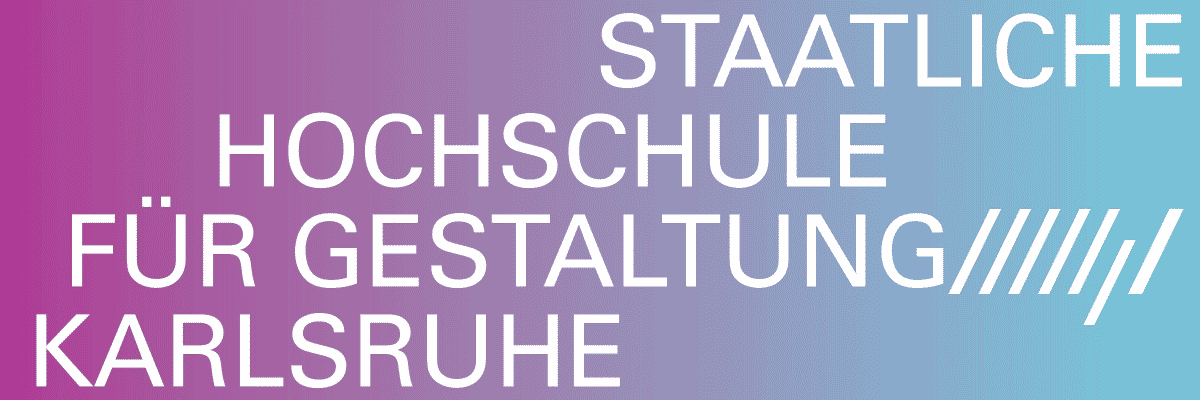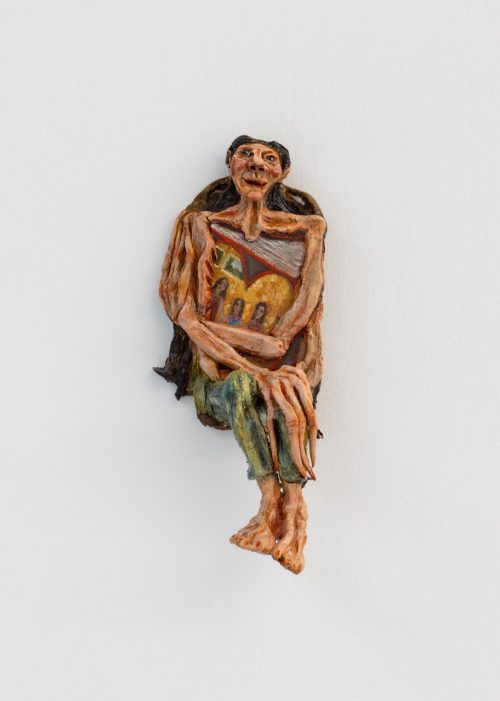
Agbo Godeau, Appriou, Blume, Cesaratto, Childish, Enberg, Giacometti, Goring, Güdü, Hachem, Imhof, Jaeger, Karimi, Kümmerer, Kutateladze, Lempert, Man, Marwitz, Mucha, Nishimura, Önen, Ołowska, Osborne, Paek, Peyton, and others
Portraits-EDEL SEI DER MENSCH,
Project Info
- 💙 Braunsfelder
- 🖤 Agbo Godeau, Appriou, Blume, Cesaratto, Childish, Enberg, Giacometti, Goring, Güdü, Hachem, Imhof, Jaeger, Karimi, Kümmerer, Kutateladze, Lempert, Man, Marwitz, Mucha, Nishimura, Önen, Ołowska, Osborne, Paek, Peyton, and others
- 💜 Dr. Barbara Hess (Translated from German by Gérard Goodrow)
- 💛 Mareike Tocha
Share on

Advertisement



















Face Value
The “most entertaining surface on earth,” as the Late Enlightenment philosopher Georg Christoph Lichtenberg claimed, is the human face. The face is attributed with so much expressiveness that it stands in for the whole person. In British English, for example, “face” is a colloquial term for “someone special,” someone who stands out—the band members of the Small Faces, later simply The Faces, chose their name self-confidently because they were all of small stature.
Faces are obsessively scanned visually and fixated medially in order to draw conclusions about what they express or what might be hidden behind them—without ever being able to completely overcome the dilemma of distinguishing between mask and face. Perhaps this also lies behind the interest in death masks: curiosity about a face without pretense. What is certain is that the many masks in public spaces in recent years have sparked a new interest in the face—and thus, also in portraiture. The group exhibition EDEL SEI DER MENSCH / LET MAN BE NOBLE brings together works by forty-eight artists who interpret the broadly defined genre of (self-)portraiture, ranging from Michael Wolgemut’s woodcuts from the late fifteenth century to the year 2025. What the works on view have in common, despite their diversity—from book illustrations, prints, and drawings to paintings and sculptures—is the materiality and haptic appeal of analog media.
Reading faces is always also a search for differences, for positioning on a scale. Sieh dir die Menschen an! (Look at the people!) was the title of a widely circulated book by the physician Gerhard Venzmer from the late Weimar Republic. Published one year after August Sander’s photobook Antlitz der Zeit (The Face of Our Time, 1929), it promised to help readers “recognize and correctly assess the people with whom we are entering into new personal or business relationships.” The face—a user’s manual?
The Swiss pastor Johann Caspar Lavater had already understood and believed something similar in his Physiognomic Fragments. To Promote the Knowledge and Love of Mankind (1775–78), concluding that profile views, silhouettes, and skull shapes could be used to determine corresponding character traits. His dubious doctrine of “physiognomy” was already criticized by his contemporaries, including Johann Wolfgang von Goethe and Lichtenberg. According to the latter, the interest in understanding one’s counterpart should not be directed at bones, but rather at the animated face, the “signs of emotion.”
Goethe’s poem “Das Göttliche” (The Divine), from which the exhibition title, EDEL SEI DER MENSCH, is taken, first appeared—without his knowledge—in 1785 in Friedrich Heinrich Jacobi’s treatise On the Teachings of Spinoza in Letters to Moses Mendelssohn. With his speculations, Jacobi entered theologically dangerous territory, because Spinoza—like Goethe—was suspected of pantheism, even atheism. The ensuing debate went down in the history of philosophy as the Spinoza controversy.
Influenced by Immanuel Kant’s categorical imperative, the poem attempts to filter out what distinguishes humans from “all beings / that we know”—that is, animals and plants. In any case, it was not the intermaxillary bone. This component of the skull, which Goethe and others researched scientifically at the time, was long considered a distinguishing feature between humans and (mammalian) animals. The discovery of this bone in humans pointed to their common ancestry and, consequently, evolution, long before Charles Darwin’s groundbreaking publication, The Origin of Species (1859). This book gave rise to a portrait of the naturalist as a hybrid figure: In 1871, the satirical magazine The Hornet published a caricature featuring an orangutan with Darwin’s facial features.
Speaking of bones. With Goethe’s shift in boundaries—from a personal God to a diffuse “divine” and to “higher beings” (in the plural)— the biblical image of humans was also challenged, as the question arose: Was man not directly created by God, and was Eve not extracted from Adam’s rib, as Michael Wolgemut had illustrated in the Nuremberg Chronicle (1493), and as some people are now seriously propagating again?
The idea that humans should be “noble” and “good”—because, unlike “all beings that we know,” they have free will and can transcend their evolutionary self-interest—has remained an optimistic one. In the twentieth century, the philosopher Emmanuel Levinas linked this idea to the face—more precisely, to the face of one’s counterpart. In the face of the “other,” Levinas saw the appeal: “Thou shalt not kill.”
The question remains as to how the face and the diverse, expanding artistic genre of portraiture can be related to each other—also since “I is another” (Arthur Rimbaud), self-portraits included. Perhaps analogous to the relationship between a map and a territory: The map is not the territory, but only one representation among many possible ones.
Dr. Barbara Hess (Translated from German by Gérard Goodrow)




